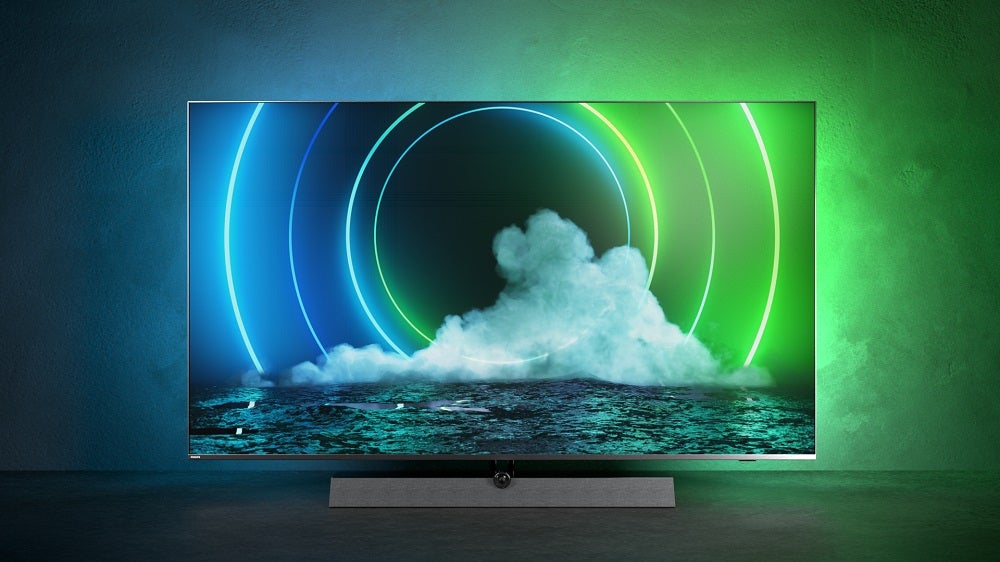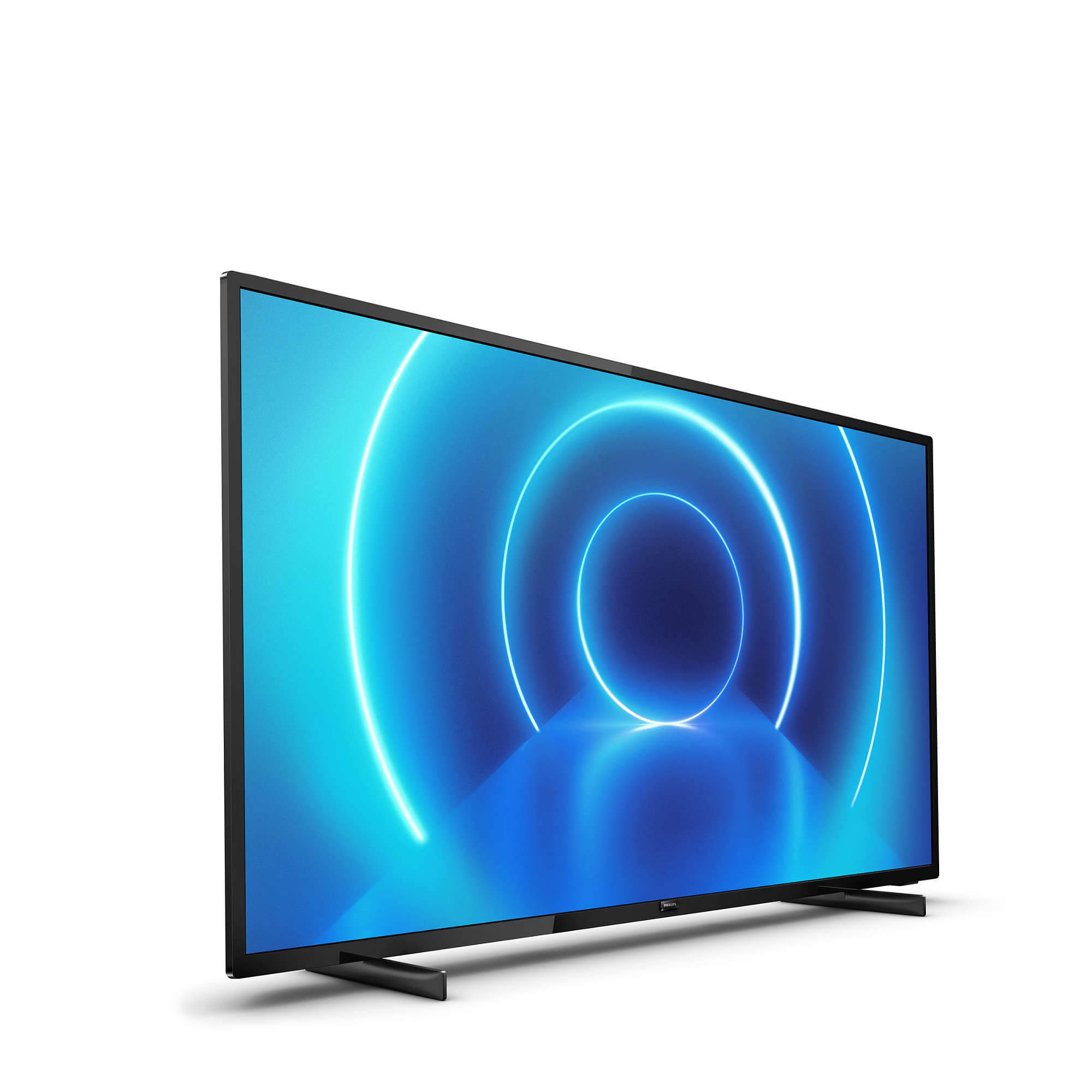

Mid-spec models have three-sided Ambilight, with LEDs pointing upwards too.

Low-end models have two-sided Ambilight, meaning colour emanates from the left and right of the TV. Not every Ambilight TV is made the same, though. Philips TVs may not earn quite as much attention as the latest Samsung or LG OLEDs, but Ambilight is a pretty compelling reason to choose a Philips model over everything else. The colors projected match the hues appearing in your onscreen content, increasing your perception of contrast and creating an immersive light display that seems to seep out of the television itself.Īll but the cheapest Philips TVs use Ambilight nowadays – and they can also hook up with Philips Hue smart lightbulbs, to let the colours of the TV image flood your room, rather than just bleeding out behind the screen. While a light display isn't crucial for your viewing experience, it has an incredibly striking effect you won't see with any other manufacturer.

Ambilight is essentially the inclusion of an LED array around the side of a television, which projects color onto the wall behind a TV. To put it simply, Ambilight is a proprietary TV technology exclusive to Philips TVs, and in a saturated market full of near-identical goggle boxes, it really does help Philips stand out from the crowd.
#Philips amberlight tv upgrade
With Black Friday and Cyber Monday on their way, and a flurry of Black Friday TV deals already kicking off, now is the time to suss out which TV is going to really upgrade your home cinema setup too – given the big discounts to be had on brand new displays.


 0 kommentar(er)
0 kommentar(er)
